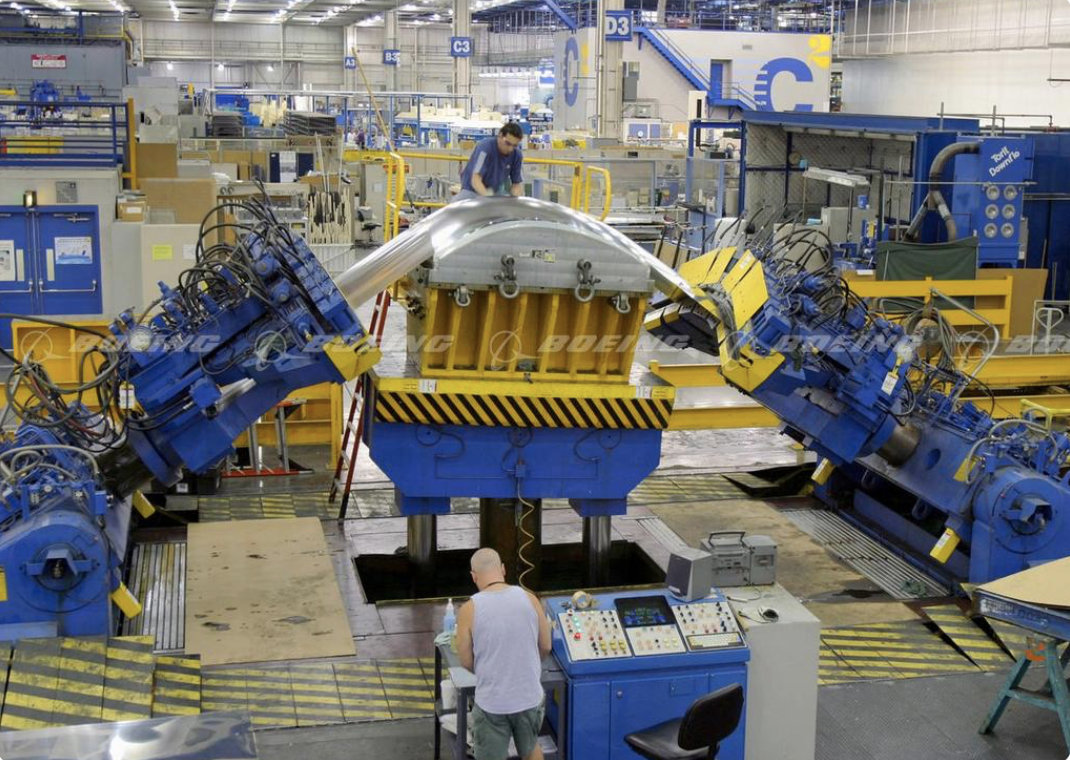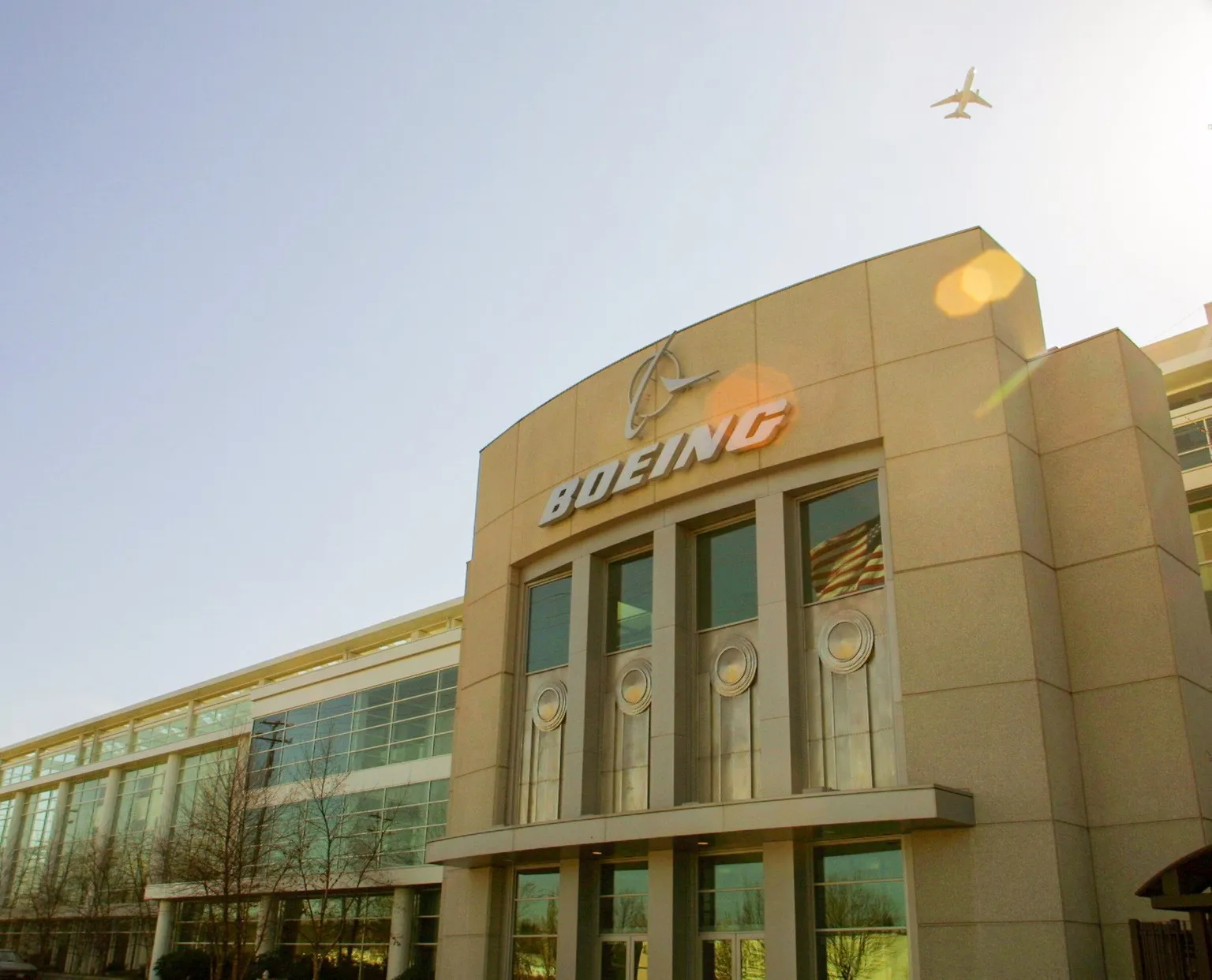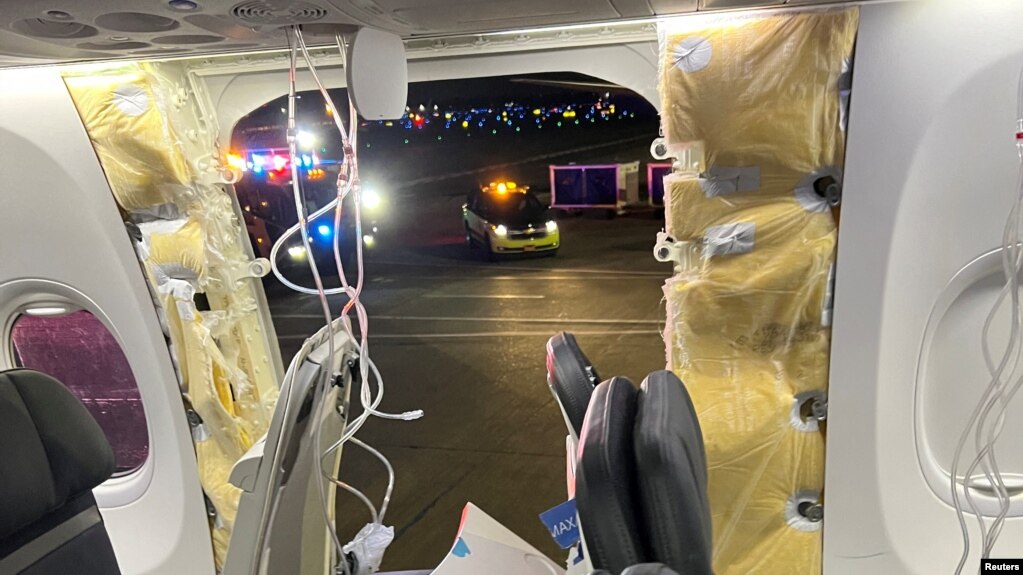As a child of Seattle, my Boeing associations are closely felt. When a Boeing test pilot performed a slow barrel roll over Lake Washington, I was there. Age six. During the height of the Soviet scare, I was among those who practiced the nose-to-the-wall nuclear bomb drill — with full knowledge there was a Boeing plant just over the hill. Yeah, we were goners.
Boeing Lifers
In those days, Seattle was a “company town.” It was difficult, if not impossible, to avoid the lifelong Boeing employee. Every neighborhood had at least one. I remember when a childhood friend moved to Mercer Island. We were amazed that her father could suddenly commute by motor boat to the Renton plant. The company was so ubiquitous that working there seemed inevitable, no matter how you got there. I grew up determined to avoid that fate. And, for the longest time, I did.
In 1990 I was hired as a Technical Writer at the Boeing Sheet Metal Center in Auburn. (Among our ten-person team, the inside joke was each of us was “technically, a writer.”) It was a heady time for me. That same year I sold Butcher, Baker to Onyx Books, a Penguin imprint. Suddenly I was a bigger fish in the wider world. I didn’t matter, really. I still had to prove myself in this world of drill presses, CNC machines and “grouping and nesting.” [1]

Forming Aluminum Skins
Contract Work Suited Me
In those days, there was a lot of pride at The Boeing Company. It didn’t take much to express that. We’d just look up at a passing jet and say, “that’s one of ours.” That wasn’t all. The parts coming from the Sheet Metal Center were for our newest airplane: The 777. (Fondly referred to as the “triple seven.” Anyone who refers to it otherwise is a rank amateur).
Laid off after a four year stint, I was still determined not to be a lifer. I was back after a year, this time assigned to a Computing Security group in Factoria (near Bellevue). That job lasted another four or so years. [2] And it provided an entirely new viewpoint on The Boeing Company. I witnessed the impending cracks come into focus.
“Bought” by McDonnell Douglas
McDonnell Douglas was a storied but troubled airplane company. In 1975, the U.S. Securities and Exchange Commission (SEC) accused McDonnell-Douglas of paying Japanese government officials bribes of US$15,000 to buy their aircraft. In 1997, totally on the ropes, the company merged with Boeing.
The joke was that McDonnell-Douglas bought Boeing with Boeing’s money. There was some truth to that. We gloated when McDonnell Douglas employees thrilled at finally getting the latest computers. But that penny pinching mindset soon ruled the roost. It was, in some ways, the beginning of Boeing’s downfall.
We didn’t fully appreciate it at the time, but some pilots now say the Boeing 777 was the company’s last great airplane. The follow-on 787 has had more than its share of issues. I don’t even want to talk about the 737-MAX. Why the collapse, you may ask? The reasons are now part of business school courses. I’ll give my insider’s view, such as it is.

Boeing Ch… Ch… Changes
In quick succession, Boeing moved out of its humble headquarters building near Seattle’s Boeing Field and into spiffy new offices in. Wait for it. Chicago. Worlds away from its production facilities. That was just the first insult. Next came new factories in South Carolina. Executives promised the non-union factories would be every bit as good as their Puget Sound counterparts. Maybe they would be. (Okay, I am a homer.) A long-standing insider complaint was also satisfied. Boeing captured the FAA by gaining a greater role in certifying their own airplanes.
FAA reviews the completeness of the overall certification packages and compliance determinations involving high risk areas, but this review does not customarily include an independent review of the technical basis for compliance determinations… FAA’s oversight pertains to the manufacturer’s certification compliance activities and does not include airplane design information.
GAO, June 30, 2020, Aircraft Certification: Comparison of U.S. and European Processes for Approving New Designs of Commercial Transport Airplanes

Even without hindsight, we know this much: Airplane manufacturing is an expensive and highly competitive endeavor. Labor is cheaper in South Carolina, with strikes unfathomable. The revised FAA certification process moved new planes into production more quickly. Things worked out just as some feared they might.
“As a quality manager at Boeing, you’re the last line of defense before a defect makes it out to the flying public. And I haven’t seen a plane out of Charleston yet that I’d put my name on saying it’s safe and airworthy.”
John Barnett (RIP), 2019, Boeing whistle blower
Sadder Than Sad
One of the landmark phrases of a proud Boeing workforce was, “If it ain’t Boeing, I’m not going.” It’s not easy for me to use that phrase anymore. Yes, I know that air travel is safer than driving to the grocery store. But… An air crash is almost certain to be your last ride ever. I just hope this is not Boeing’s last ride. Wake up, Boeing. Wake up and fly right.
[1] Aluminum comes in large sheets. Specific parts require specific sheets (grades) of aluminum. Grouping and nesting is used to minimize waste in each sheet. Identical parts are “grouped” on a single sheet. Additional parts requiring the same grade of aluminum are “nested” among the parts already mapped.
[1] After Boeing, I left for a decade plus stint at Microsoft. Nope, never made lifer.